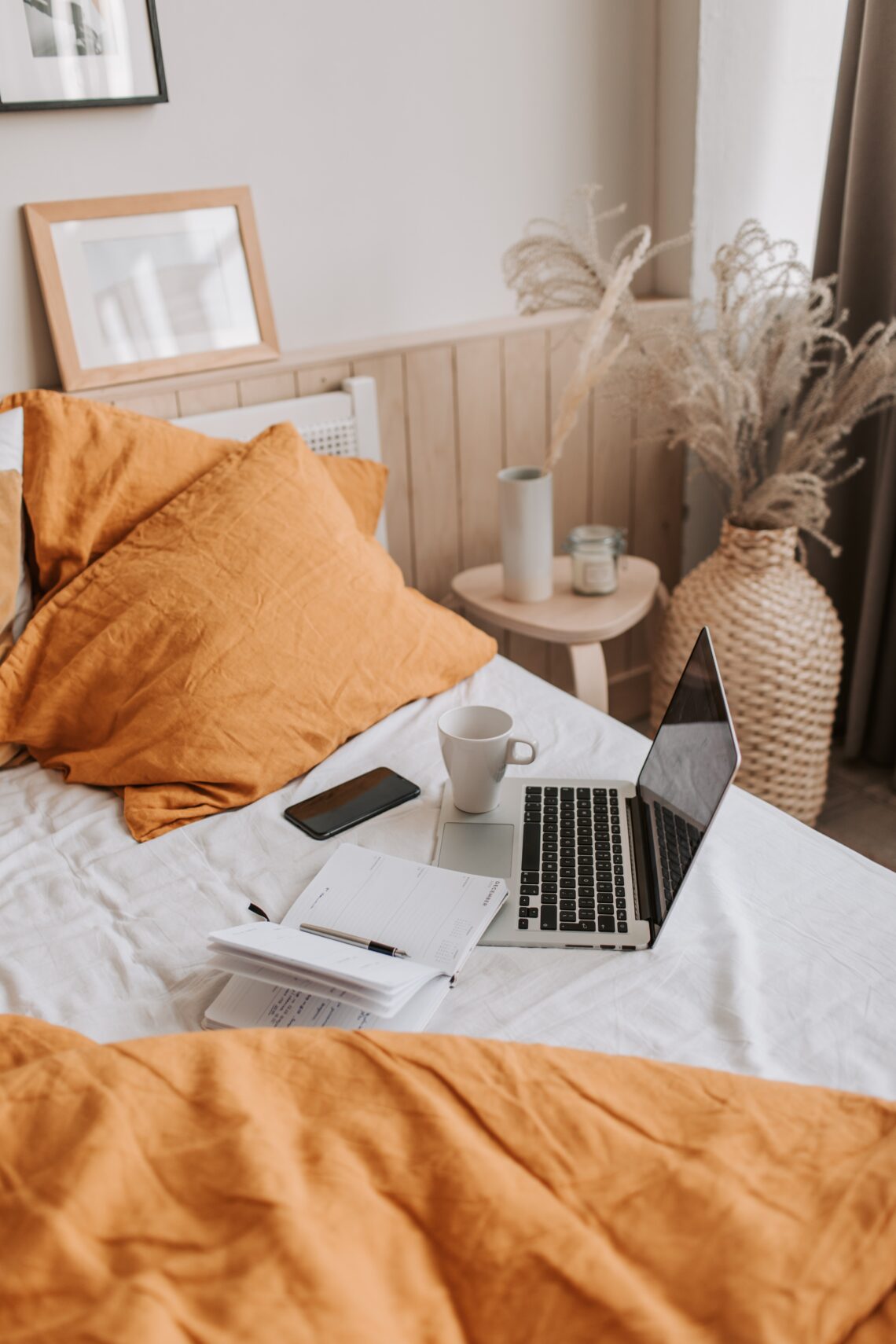
How to transform your home desk into a remote workspace
Since the pandemic hit, there has been a sharp increase in virtual work. According to an article by PwC, 59 per cent of Canadian employees were working remotely as of July 2020. In addition, Ontario students went from enjoying extracurricular activities and exciting social lives to sitting for the majority of the day and staring at a bright screen. These students and virtual workers have had to learn how to work from their beds and crowded desks, all while sharing a space with roommates, talkative parents and barking dogs.
Regardless of the obstacles, many employees have gotten comfortable working from home with 64 per cent of remote workers saying they aren’t comfortable with the thought of returning to an in-person workspace. Accenture, a consulting company, predicts that numerous positions will remain virtual after the pandemic due to an increase in company productivity and efficiency. Even Ontario schools are providing virtual learning as an option this school year, despite the fact that in-person learning is also in effect.
But being comfortable can produce bad habits, such as slouching and sitting in one place for too long. Dr. Diana De Carvalho, a professor in the faculty of medicine at Memorial University of Newfoundland and the lead of the Spine Biomechanics and Interventional Ergonomics Laboratory, says that “sitting for as little as one hour will provoke temporary but clinically relevant levels of low back pain.”
De Carvalho also warns employees and students about working on soft surfaces like a bed or a couch. She says that not only will this create a tendency to slouch more, but they will also “sink into these surfaces over time and end up in some pretty flexed postures which are not good for your back or hips.”
Ergonomics in the workplace are crucial, but with a rise in virtual positions the line between work and personal life is nearly nonexistent. Other than the obvious struggles with aspects like Wi-Fi connection and household noise, the actual space around you and how it is organized determines your work ethic. A disorderly workspace can lead to a rise in work stress, an increase in physical discomfort due to awkward positions and a drop in work quality, according to an article by Humantech.
De Carvalho and Melania Nadj, certified ultimate professional organizer of Muskoka Maven Organizing, share their tips and suggestions to turn your home into an organized and comfortable remote workspace.
Get creative with furniture
De Carvalho recognizes that not everyone can buy ergonomic equipment like new chairs and proper desks. “The guiding principles of ergonomics is to fit the workplace to the worker and to minimize awkward postures, force and repetition,” she says. If you don’t have an office chair, De Carvalho suggests that you take whatever chair you have and use pillows or rolled up towels as lumbar support.
To minimize awkward positions, work at a lower desk that prevents you from having to lift your elbows and shoulders when you sit down. Make sure the space underneath you is not cluttered so you have enough space above your lap. The only thing that should be under your desk is a shoebox to act as a footrest.
A distraction-free workplace
“A cluttered environment in turn clutters your mind,” says Nadj. She explains that there should be a place for everything, and to use folders, bins and binders for different projects and subjects.
“Consider digitizing your files by scanning them into your computer,” she says. “Switching over to electronic bills and statements keeps your physical space clear of extra loose paper.” In order to ensure that you only have what you need, throw out dried pens, unnecessary paperwork and resharpen your pencils.
Tidy up and walk away
Nadj suggests taking a couple minutes at the end of the day to clean up your workspace. “[It’s] important to help you relax after work, and to not have that stress trigger of ‘oh, I should have sent that quote out today, it’s not too late, is it?’” This tip can make the line between work and personal life more defined because putting your work away can act as a visual acknowledgement that you have finished what you needed to.
Lastly, Nadj emphasizes the importance of writing a to-do list for the following day before going to bed in order to have less angst waking up in the morning. “This one simple thing changed my life,” she says.
About the author
Grace Nelson-Gunness is a reporter for Youth Mind. She enjoys watching Criminal Minds or reading a suspenseful horror-thriller novel while drinking a vanilla latte.







